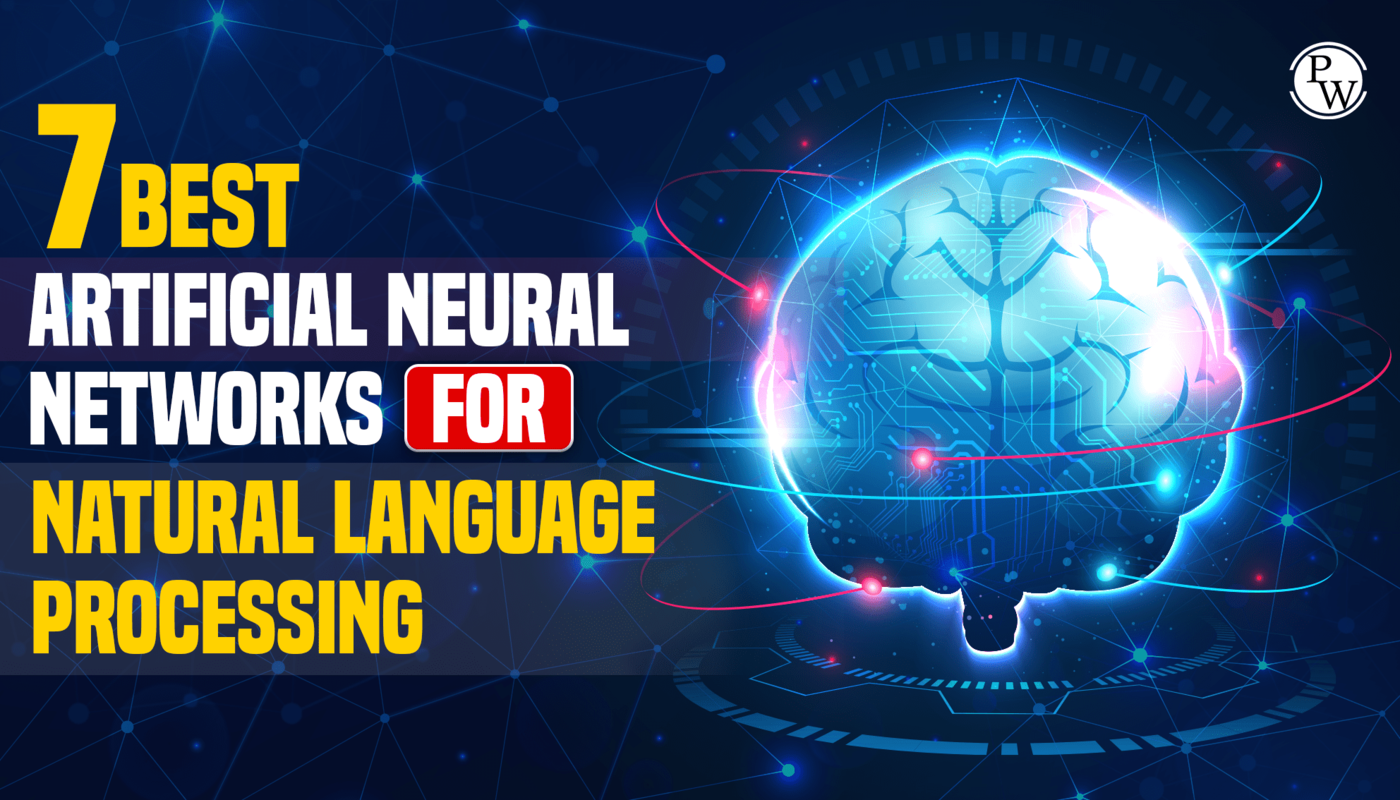Neural Networks are a crucial aspect of Machine Learning, mimicking the human nervous system. They function similarly to the human brain, with interconnected elements handling various tasks. Artificial Neural Networks are particularly valuable in domains where conventional computers may struggle.
Different types of artificial neural networks are employed based on specific parameters and mathematical operations to achieve desired results. Let’s explore some of the essential types of Neural Networks used in Machine Learning.
Modular Neural Networks:
Modular Neural Networks (MNNs) are independent networks working together to produce results. Each network handles specific sub-tasks, generating unique inputs. Unlike traditional neural networks, there is no direct interaction between these modules.
MNNs break down complex problems into smaller components, reducing computational complexity and enhancing computation speed. Their popularity is rapidly growing in the field of Artificial Intelligence.
Feedforward Neural Network — Artificial Neuron:
A Feedforward Neural Network is the simplest form of an Artificial Neural Network, where information flows in one direction. It may contain hidden layers, and data enter through input nodes and exit through output nodes.
This neural network uses a classifying activation function. Unlike other neural networks, Feedforward networks do not involve backpropagation, allowing only front-propagation of information. They find applications in speech recognition, and computer vision and handle noisy data effectively.
Radial Basis Function Neural Network:
A Radial Basis Function (RBF) Neural Network consists of two layers considering the distance between a center and a point. The inner layer features are combined with the Radial Basis Function. The output from this layer is used to compute the output in the next iteration. RBF has applications in Power Restoration Systems, restoring power reliably and quickly after a blackout.
Kohonen Self-Organizing Neural Network:
Kohonen Self Organizing Neural Network uses vector input to a discrete map. The training data creates an organization’s map with one or two dimensions. The weight of the neurons changes based on the value. During training, the neuron’s location remains constant. A winning neuron, closest to the point, is chosen, and other neurons move towards it. This network is used for data pattern recognition, medical analysis, and clustering.
Recurrent Neural Network (RNN):
Recurrent Neural Network (RNN) feedbacks the output of a layer back to the input, acting as a memory cell. RNNs retain information from previous time steps, allowing predictions and error correction for improved outcomes. They find applications in converting text to speech, and RNNs can learn from supervised learning without explicit teaching signals.
Convolutional Neural Network:
Convolutional Neural Networks (ConvNets) use learnable biases and weights for neurons. They excel in image and signal processing, particularly in computer vision, replacing traditional methods like OpenCV. ConvNets process images in parts and classify them into categories, detecting edges based on pixel value changes. They have high accuracy in image classification and are widely used in computer vision for weather prediction and agriculture.
Long / Short-Term Memory (LSTM):
Long Short-Term Memory (LSTM) networks, developed by Schmidhuber and Hochreiter in 1997, are designed to remember information for extended periods in memory cells. LSTMs store previous values in memory cells and can forget them through “forget gates.”
New information is added via “input gates” and passed to the next hidden state through “output gates.” LSTMs have applications in composing music, complex sequence learning, and generating writings similar to Shakespeare.
Recommended Course
- Decode DSA with C++
- Full Stack Data Science Pro Course
- Java For Cloud Course
- Full Stack Web Development Course
- Data Analytics Course
Frequently Asked Questions
Q1. What are the 7 layers of NLP?
Ans. The 7 layers of NLP, also known as the NLP pipeline, are as follows:
- Input layer: Receives the raw text or speech data.
- Tokenization layer: Breaks the text into individual words or tokens.
- Word embedding layer: Represents words as numerical vectors.
- Encoding layer: Converts the numerical representations into fixed-size vectors.
- Attention layer: Focuses on relevant words or tokens for specific tasks.
- Prediction layer: Produces the desired output, such as sentiment analysis or language translation.
- Output layer: Provides the final results of the NLP task.
Q2. What types of neural networks are used in NLP?
Ans. In NLP, various types of neural networks are employed, including:
- Recurrent Neural Networks (RNNs): Suitable for sequential data processing, such as text and speech.
- Long Short-Term Memory Networks (LSTMs): A type of RNN designed to handle long-term dependencies in sequences.
- Convolutional Neural Networks (CNNs): Effective for text classification and sentiment analysis tasks.
- Transformer-based architectures: Popular for tasks like language translation, with models like BERT and GPT.
Q3. How many types of ANNs are there?
Ans. There are several types of Artificial Neural Networks (ANNs); some of the prominent ones include:
- Feedforward Neural Networks
- Recurrent Neural Networks (RNNs)
- Convolutional Neural Networks (CNNs)
- Radial Basis Function Networks (RBFNs)
- Self-Organizing Maps (SOMs)
- Modular Neural Networks
Q4. How are neural networks used in natural language processing?
Ans. Natural language processing extensively uses neural networks to process and understand human language. They can be employed for various NLP tasks such as:
- Sentiment Analysis: Determining the sentiment or emotion expressed in text.
- Named Entity Recognition (NER): Identifying and classifying entities like names, locations, and organizations in text.
- Machine Translation: Translating text from one language to another.
- Text Generation: Generating human-like text, often used in chatbots and language models.
- Speech Recognition: Converting spoken language into written text.
Q5. What are ANN and its types?
Ans. ANN stands for Artificial Neural Network, a computational model inspired by the human brain’s neural networks. ANNs consist of interconnected nodes (neurons) organized into layers. The primary types of ANNs include Feedforward Neural Networks.
Recommended Reads
Data Science Interview Questions and Answers
Data Science Internship Programs






